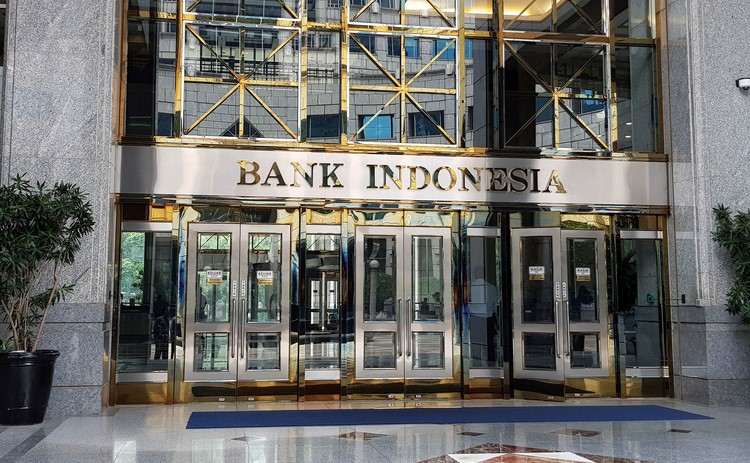Taking a groundbreaking approach, Indonesia’s financial regulatory authority has announced its blueprint to introduce a pilot program for the virtual rupiah, a digital adaptation of the country’s currency. The initiative, spearheaded by Perry Warjiyo, the governor of Bank Indonesia (BI), aims to leverage blockchain technology for creating and implementing the Central Bank Digital Currency (CBDC). This strategic move places Indonesia on the global stage alongside countries like India and China that have already embraced virtual currencies.
The Path to CBDC Implementation:
Governor Warjiyo expressed the central bank’s commitment to embracing blockchain technology, confirming the concept of a virtual currency and initiating the development of the necessary technologies and infrastructure. The plan includes wholesale interbank settlements using CBDC, a move that aligns Indonesia with a growing cohort of nations exploring digital currencies.
Preliminary Testing and Stakeholder Engagement:
As part of the preparatory phase, BI is actively engaging with financial institutions to gather valuable feedback on the digital currency. This collaborative approach reflects the central bank’s dedication to ensuring a seamless integration of virtual rupiah into the financial landscape. Perry Warjiyo emphasized that the virtual currency platform will be designed to foster compatibility with similar initiatives from other countries, underlining Indonesia’s commitment to global financial integration.
Dual Application of Virtual Rupiah:
BI’s experimental phase for the digital rupiah encompasses two primary directions: retail and wholesale trade. In the retail sector, consumers will have direct access to CBDC, mirroring the use of traditional cash. Meanwhile, in the wholesale trade sphere, a key focus will be on enhancing payment transaction efficiency between BI and other financial institutions, with blockchain technology playing a pivotal role.
Advantages of CBDC:
One notable advantage of CBDC is the unwavering support it receives from the central bank. Unlike decentralized cryptocurrencies, CBDC is fully backed by the financial regulator, providing a level of stability that is crucial for widespread adoption. Consumers can also trade CBDC on currency markets and online exchanges, creating a versatile digital asset for settlements between businesses and individuals.
Strategic Vision for CBDC:
Deputy Governor Filianingsih Hendarta outlined BI’s ambition to develop a digital legal tender that competes favorably with private sector alternatives in terms of security and economic efficiency. Emphasizing the importance of meticulous design and implementation, Hendarta highlighted the potential risks for payment systems and the need to expand access to financial services.

Impact on Traditional Banking:
Analysts from the Institute for Development of Economics and Finance (Indef) predict that the digital rupiah could revolutionize the payments landscape, similar to the success of QR payments. Indef researcher Nailul Huda highlighted the potential for faster and cheaper settlements with CBDC, reducing credit risk and eliminating the reliance on correspondent banks. Huda also pointed out the transformative impact CBDC could have on traditional banking dynamics, creating a competitive challenge for companies relying on standard payment methods.
Indonesia’s foray into the realm of CBDC marks a significant step toward a digital future, driven by the vision of Governor Perry Warjiyo and the innovative strides of Bank Indonesia. As the pilot program unfolds, the world watches to see how the digital rupiah will reshape financial landscapes, foster economic efficiency, and potentially redefine the traditional banking paradigm.



